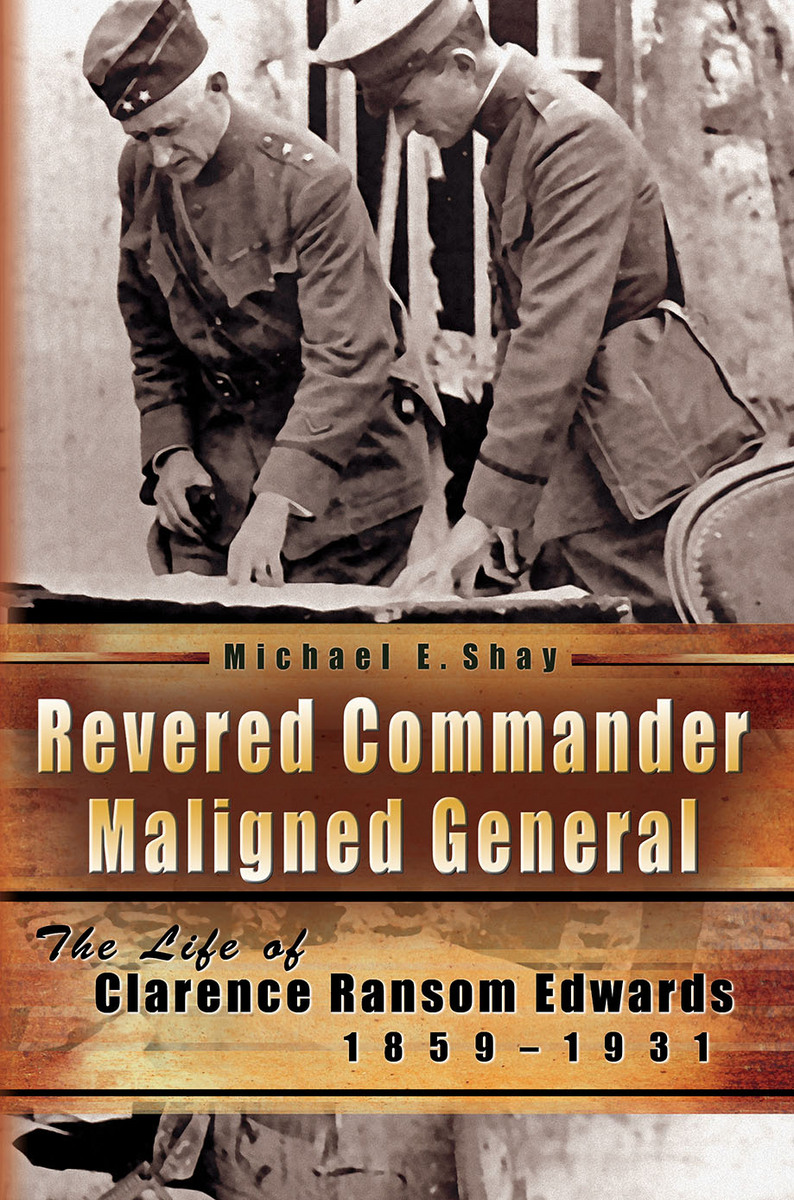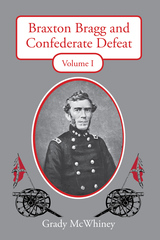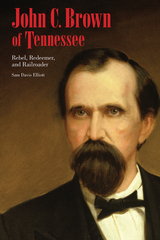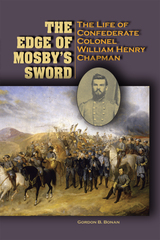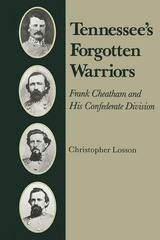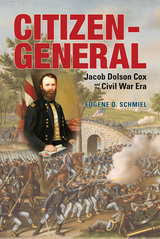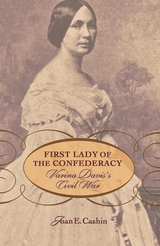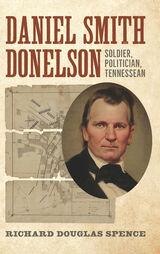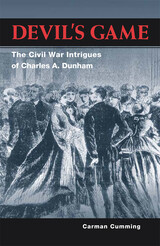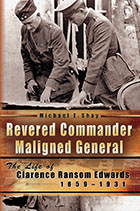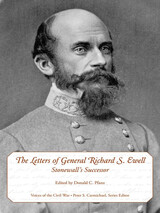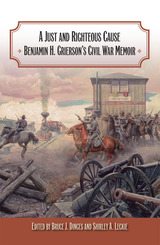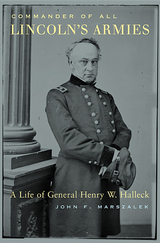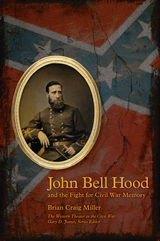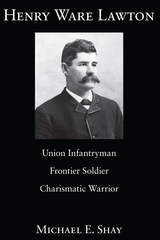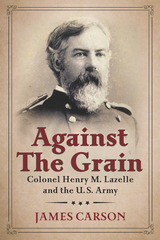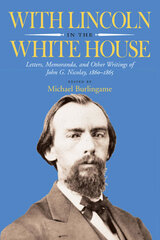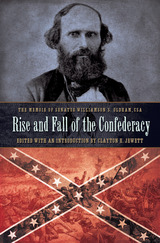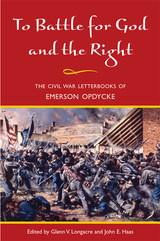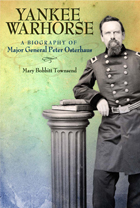Revered Commander, Maligned General: The Life of Clarence Ransom Edwards, 1859-1931
University of Missouri Press, 2011
eISBN: 978-0-8262-7251-5 | Cloth: 978-0-8262-1922-0
Library of Congress Classification E467.1.E35S53 2011
Dewey Decimal Classification 355.0092
eISBN: 978-0-8262-7251-5 | Cloth: 978-0-8262-1922-0
Library of Congress Classification E467.1.E35S53 2011
Dewey Decimal Classification 355.0092
ABOUT THIS BOOK | AUTHOR BIOGRAPHY | REVIEWS | TOC | REQUEST ACCESSIBLE FILE
ABOUT THIS BOOK
Major General Clarence Ransom Edwards is a vital figure in American military history, yet his contribution to the U.S. efforts in World War I has often been ignored or presented in unflattering terms. Most accounts focus on the disagreements he had with General John J. Pershing, who dismissed Edwards from the command of the 26th (“Yankee”) Division just weeks before the war's end. The notoriety of the Pershing incident has caused some to view Edwards as simply a “political general” with a controversial career. But Clarence Edwards, though often a divisive figure, was a greater man than that. A revered and admired officer whose men called him “Daddy,” Edwards attained an impressive forty-year career, one matched by few wartime leaders.
Michael E. Shay presents a complete portrait of this notable American and his many merits in Revered Commander, Maligned General. This long-overdue first full-length biography of General Clarence Edwards opens with his early years in Cleveland, Ohio and his turbulent times at West Point. The book details the crucial roles Edwards filled in staff and field commands for the Army before the outbreak of World War I in 1917: Adjutant-General with General Henry Ware Lawton in the Philippine-American War, first chief of the Bureau of Insular Affairs, and commander of U.S. forces in the Panama Canal Zone. Revered Commander, Maligned General follows Edwards as he forms the famous Yankee Division and leads his men into France. The conflict between Edwards and Pershing is placed in context, illuminating the disputes that led to Edwards being relieved of command.
This well-researched biography quotes a wealth of primary sources in recounting the life of an important American, a man of loyalty and service who is largely misunderstood. Photographs of Edwards, his troops, and his kin—many from Edwards’ own collection—complement the narrative. In addition, several maps aid readers in following General Edwards as his career moves from the U.S. to Central America to Europe and back stateside. Shay’s portrayalof General Edwards finally provides a balanced account of this unique U.S. military leader.
See other books on: Campaigns | Philippines | United States. Army | World War I | World War, 1914-1918
See other titles from University of Missouri Press
